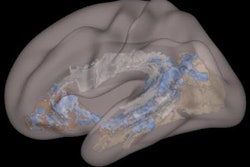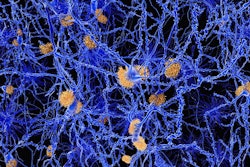Thursday, December 5 | 11:30 a.m.-11:40 a.m. | SSQ15-07 | Room S404AB
An artificial intelligence (AI) algorithm was able to classify the mutation status of isocitrate dehydrogenase (IDH) in brain tumors in a study by researchers from Texas.One of the most important research discoveries in brain glioma biology has been identifying the IDH mutation status as a marker for therapy and prognosis, according to presenter Chandan Ganesh Bangalore Yogananda, a doctoral student at the University of Texas (UT) Southwestern Medical Center in Dallas. The mutated form of the gene confers a better prognosis and treatment response than gliomas with the nonmutated or wild-type form.
"Currently, the only reliable way to determine IDH mutation status is to obtain glioma tissue either via an invasive brain biopsy or following open surgical resection," Yogananda told AuntMinnie.com. "The ability to noninvasively determine IDH mutation status has significant implications in determining therapy and predicting prognosis."
The researchers developed a deep-learning network that utilizes only T2-weighted MR images to classify IDH mutation status.
"The high IDH classification accuracy of our [T2-weighted] image-only network (T2-net) marks an important milestone toward clinical translation," Yogananda said. "Imminent clinical translation is feasible because T2-weighted MR imaging is widely available and routinely performed in the assessment of gliomas."
How did they achieve these results? Stop by this Thursday morning presentation for all the details.



.fFmgij6Hin.png?auto=compress%2Cformat&fit=crop&h=100&q=70&w=100)





.fFmgij6Hin.png?auto=compress%2Cformat&fit=crop&h=167&q=70&w=250)











